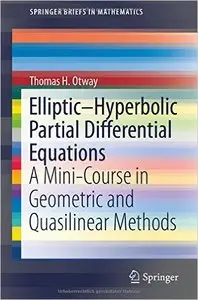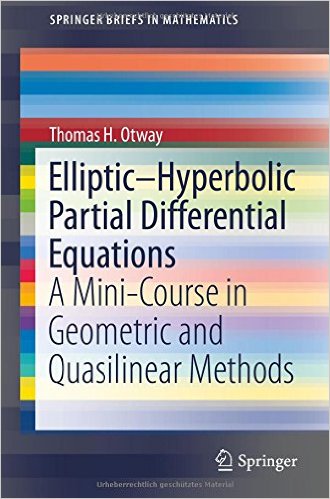Elliptic-Hyperbolic Partial Differential Equations: A Mini-Course in Geometric and Quasilinear Methods By Thomas H. Otway
2015 | 136 Pages | ISBN: 3319197606 | PDF | 2 MB
2015 | 136 Pages | ISBN: 3319197606 | PDF | 2 MB
This text is a concise introduction to the partial differential equations which change from elliptic to hyperbolic type across a smooth hypersurface of their domain. These are becoming increasingly important in diverse sub-fields of both applied mathematics and engineering, for example: • The heating of fusion plasmas by electromagnetic waves • The behaviour of light near a caustic • Extremal surfaces in the space of special relativity • The formation of rapids; transonic and multiphase fluid flow • The dynamics of certain models for elastic structures • The shape of industrial surfaces such as windshields and airfoils • Pathologies of traffic flow • Harmonic fields in extended projective space They also arise in models for the early universe, for cosmic acceleration, and for possible violation of causality in the interiors of certain compact stars. Within the past 25 years, they have become central to the isometric embedding of Riemannian manifolds and the prescription of Gauss curvature for surfaces: topics in pure mathematics which themselves have important applications. Elliptic-Hyperbolic Partial Differential Equations is derived from a mini-course given at the ICMS Workshop on Differential Geometry and Continuum Mechanics held in Edinburgh, Scotland in June 2013. The focus on geometry in that meeting is reflected in these notes, along with the focus on quasilinear equations. In the spirit of the ICMS workshop, this course is addressed both to applied mathematicians and to mathematically-oriented engineers. The emphasis is on very recent applications and methods, the majority of which have not previously appeared in book form.



